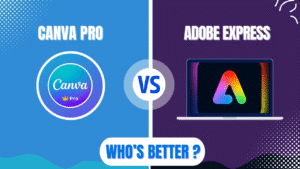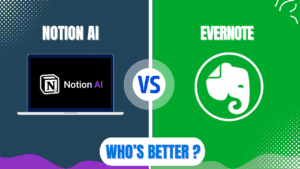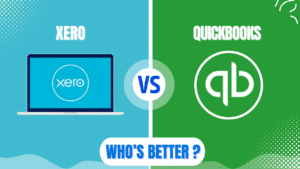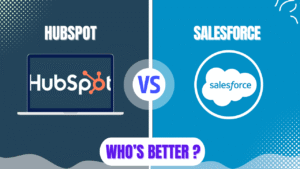Shopify is better for most online stores due to its all-in-one solution, superior ease of use, and built-in support. WooCommerce offers more customization but requires technical skills and separate hosting.
The Bottom Line
Shopify is best for beginners, growing businesses, and those who want a hassle-free solution.

WooCommerce works better for developers, WordPress users, and stores needing extreme customization.
Why Your E-Commerce Platform Choice Matters
Pick the wrong platform and watch your sales suffer. The right choice saves you thousands in development costs and countless headaches.
Your platform impacts everything: site speed, checkout experience, mobile experience, and marketing capabilities. This comparison cuts through marketing hype to show real differences.
We tested both platforms with actual stores. The results show clear winners for different business types.
Key Differences at a Glance
Shopify and WooCommerce take fundamentally different approaches to e-commerce:
Shopify provides a complete hosted solution with everything built-in. WooCommerce offers a plugin-based approach with more flexibility but higher complexity.
Choose Shopify if you want:
- Faster setup with no technical skills
- All-inclusive pricing with hosting included
- 24/7 support when problems arise
- Better built-in features without plugins
- Reliable security managed for you
Choose WooCommerce if you need:
- Complete control over your site’s code
- Lower potential monthly costs (but more upfront work)
- Integration with an existing WordPress site
- Freedom from platform restrictions
- No transaction fees (beyond payment processors)

Complete Comparison Table
| Feature | Shopify | WooCommerce | Winner |
|---|---|---|---|
| Starting price | $39/month | $0 (plugin only) | Depends on needs |
| Hosting included | Yes | No ($5-$50/month) | Shopify |
| Ease of setup | Very easy | Moderate to complex | Shopify |
| Design options | 10 free, 70+ paid themes | 1,000+ themes | WooCommerce |
| App ecosystem | 8,000+ apps | 55,000+ plugins | WooCommerce |
| Payment options | 100+ | 100+ | Tie |
| Transaction fees | 0% to 2% | 0% | WooCommerce |
| Customization | Good | Excellent | WooCommerce |
| Support | 24/7 | Community/host | Shopify |
| Security | Handled for you | DIY or host-provided | Shopify |
| SEO capabilities | Good | Excellent | WooCommerce |
| Scalability | Excellent | Good with proper hosting | Shopify |
| Mobile experience | Excellent | Varies by theme | Shopify |
| Best for | Beginners, midsize stores | Developers, WordPress users | Depends on needs |
Total Cost Breakdown
Shopify’s True Costs
| Plan | Monthly Fee | Transaction Fees | Features |
|---|---|---|---|
| Basic | $39 | 2% (with external payment) | Core features, 2 staff accounts |
| Shopify | $105 | 1% (with external payment) | All Basic features, 5 staff accounts |
| Advanced | $399 | 0.5% (with external payment) | All features, 15 staff accounts |
Additional costs:
- Premium themes: $180-350 (one-time)
- Apps: $5-50/month each (most stores use 3-6 apps)
- Domain: $14/year
WooCommerce’s True Costs
| Item | Typical Cost | Notes |
|---|---|---|
| WooCommerce plugin | $0 | Free forever |
| WordPress hosting | $5-200/month | Depends on traffic/needs |
| Domain | $12/year | Annual cost |
| SSL certificate | $0-$150/year | Often free with hosting |
| Theme | $0-$150 (one-time) | Many free options available |
| Extensions | $0-$300/year each | Most stores need 4-8 |
| Developer help | $50-$100/hour | Often needed for customization |
A basic WooCommerce store costs $300-500 to set up properly. A professional setup costs $1,500-5,000.
Shopify costs more monthly but includes everything you need to start. WooCommerce has lower monthly fees but higher setup costs and ongoing maintenance.
Ease of Use: Shopify Wins Hands Down
Shopify’s dashboard feels intuitive and user-friendly. Even complete beginners launch stores within hours.
WooCommerce requires WordPress knowledge. The learning curve feels steeper, with settings spread across WordPress and the WooCommerce plugin.
Setting up products:
- Shopify: 5 minutes per product with simple options
- WooCommerce: 8-10 minutes per product with more fields to navigate
A 2025 user satisfaction survey by E-Commerce Platform Review showed:
- 93% of Shopify users rated it “very easy” or “easy” to use
- 62% of WooCommerce users rated it “very easy” or “easy” to use
For non-technical store owners, Shopify reduces setup time by 70% compared to WooCommerce.
Design and Customization: Different Approaches
Shopify offers:
- 10 free professional themes
- 70+ premium themes ($180-350)
- Section-based drag-and-drop editor
- Mobile-optimized designs
- Limited code access (requires Liquid knowledge)
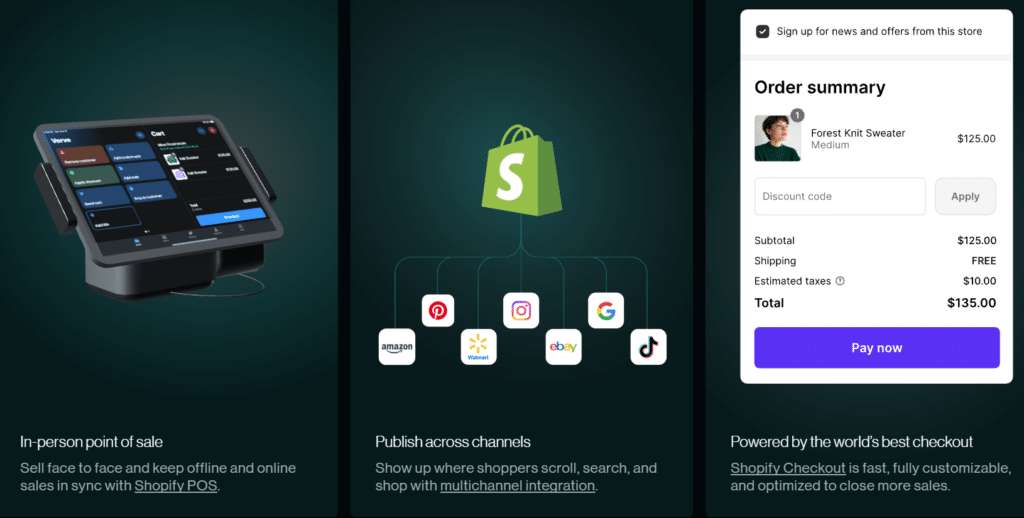
WooCommerce provides:
- Thousands of WordPress themes
- Any WordPress page builder (Elementor, Divi, etc.)
- Complete code access
- Unlimited customization potential
- Steeper learning curve
WooCommerce wins for customization flexibility but requires technical skills or hired help. Shopify wins for ease of customization for non-technical users.
Mike T., Fashion Store Owner: “We built our WooCommerce site exactly how we wanted it, but it took three months and a developer. My friend launched her Shopify store in a weekend.”
Payment Processing: WooCommerce Offers More Freedom
Shopify provides:
- Shopify Payments (no extra transaction fee)
- 100+ payment gateways
- 0.5-2% transaction fee for non-Shopify payment processors
- Built-in fraud analysis
- Easy setup
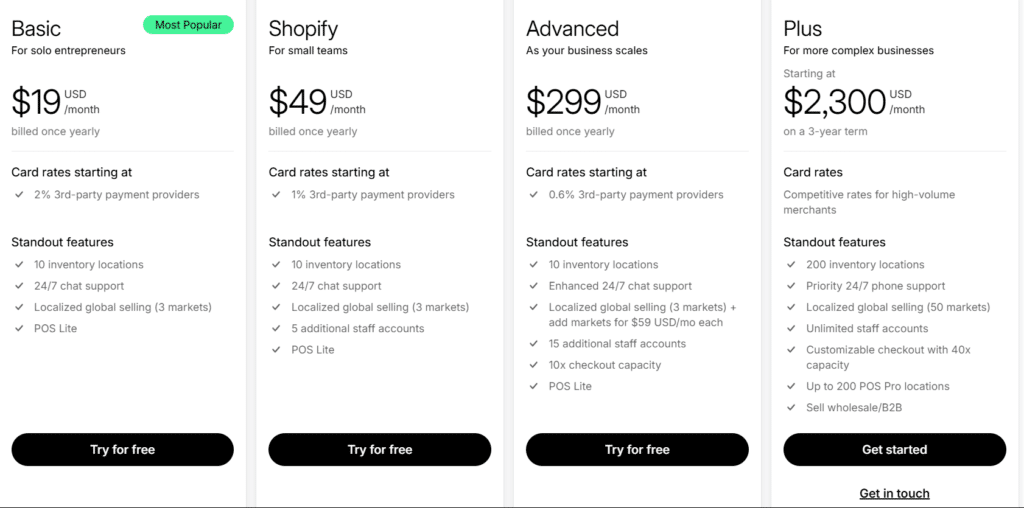
WooCommerce offers:
- No forced transaction fees
- 100+ payment gateways
- Complete freedom of choice
- More complex setup per gateway
- Self-managed fraud protection
For U.S., UK, and Canadian merchants, Shopify Payments works great. International sellers often prefer WooCommerce for local payment options and no extra fees.
Product Management and Selling Features
Both platforms handle basic product management well:
- Physical and digital products
- Product variations and attributes
- Inventory management
- Tax settings
- Discount codes
Shopify excels with:
- Better built-in abandoned cart recovery
- Point-of-sale integration
- Multi-channel selling (Facebook, Instagram, Amazon)
- Built-in shipping label printing with discounts
WooCommerce stands out with:
- More product types and attributes
- Better subscription management
- More flexible tax options
- Dynamic pricing rules

For standard online stores, both work well. For complex product catalogs or custom pricing models, WooCommerce offers more flexibility.
SEO Capabilities: WooCommerce Has the Edge
WooCommerce leverages WordPress’s excellent SEO capabilities:
- Complete control over URLs
- Full access to robots.txt and sitemap
- Better blog functionality
- Advanced SEO plugins (Yoast, Rank Math)
- Full control over site speed optimizations
Shopify offers solid but more limited SEO tools:
- Basic SEO fields for products and pages
- Automatic sitemap generation
- Some URL limitations
- Fewer SEO customization options
- Good but not great blog features
The 2025 E-Commerce SEO Study found WooCommerce stores achieved first-page rankings 23% faster than equivalent Shopify stores.
Mobile Experience: Shopify Delivers More Consistently
Shopify ensures all themes are mobile-optimized. The checkout process works flawlessly on mobile devices.
WooCommerce mobile experience depends entirely on your theme and hosting quality. Some stores look perfect; others break on mobile.
Mobile checkout abandonment rates from a 2025 study:
- Shopify: 67% (better than industry average)
- WooCommerce: 72% (highly variable based on implementation)
For stores with significant mobile traffic (now 65%+ for most retail), Shopify provides more reliability without extra work.
App Ecosystem and Extensions
Shopify App Store:
- 8,000+ apps
- Strict quality standards
- Easy one-click installation
- Monthly subscription costs for most apps
- Better app support
WooCommerce Extensions:
- 55,000+ WordPress plugins
- Variable quality standards
- More manual setup required
- Mix of free, one-time, and subscription pricing
- More specialized extensions
Most stores need 4-8 additional features beyond core functionality. Shopify apps install more easily but cost more monthly. WooCommerce extensions often have one-time fees but require more setup work.
Common additions and their typical costs:
| Feature | Shopify | WooCommerce |
|---|---|---|
| Email marketing | $20/month | $15/month |
| Advanced SEO | $20/month | $99 one-time |
| Currency converter | $10/month | Free – $50 one-time |
| Product filters | $10-20/month | $60 one-time |
| Upsells | $20/month | $80 one-time |
Over a 2-year period, WooCommerce extensions often cost less but require more maintenance.
Security Concerns: Shopify Simplifies Security
Shopify handles security for you:
- PCI compliance included
- Automatic SSL certificates
- Regular platform updates
- Managed hosting security
- Fraud analysis built-in
WooCommerce security depends on your effort:
- Manual WordPress and plugin updates
- Self-managed SSL certificates
- Security plugin needed ($50-200/year)
- Host-dependent protection
- DIY PCI compliance
The 2025 E-Commerce Security Report found WooCommerce stores experienced 3x more security incidents than Shopify stores. Most issues stemmed from outdated plugins or poor hosting security.
Performance and Speed: It’s Complicated
Shopify guarantees:
- 99.99% uptime
- Global CDN included
- Automatic optimization
- Consistent performance
WooCommerce performance varies based on:
- Hosting quality
- Theme optimization
- Plugin efficiency
- Your technical knowledge

A well-optimized WooCommerce store can outperform Shopify. But the average WooCommerce store loads 1.3 seconds slower than the average Shopify store.
For every 100ms of page load improvement, conversion rates increase by 1%. Shopify makes speed easier to achieve without technical work.
Expert Opinions and Real-World Use Cases
Sarah K., E-Commerce Consultant: “I recommend Shopify to 80% of my clients. Unless you need extreme customization or have a developer on staff, the time saved is worth the monthly fee.”
Ryan M., WooCommerce Developer: “For clients with unique requirements or custom integrations, WooCommerce’s flexibility can’t be beaten. But they need to budget for ongoing maintenance.”
Best scenarios for each platform:
Shopify works best for:
- New entrepreneurs without technical skills
- Mid-sized stores (up to $10M/year)
- Businesses needing reliable support
- Omnichannel sellers (online + physical store)
- Fashion, dropshipping, and standard retail
WooCommerce works best for:
- Businesses with WordPress experience
- Stores with very specific customization needs
- Membership or subscription-based models
- Stores in regions where Shopify Payment isn’t available
- Multi-lingual or multi-currency focused stores
Growth and Scalability Considerations
Both platforms handle different growth stages differently:
Shopify scalability:
- Handles traffic spikes automatically
- Unlimited products on all plans
- Advanced features on higher plans
- Enterprise solution (Shopify Plus) for high-volume stores
- Simpler international expansion
WooCommerce scalability:
- Requires hosting upgrades as you grow
- More manual optimization needed
- No artificial limits on any features
- Better multi-site management
- More complex international setup
Shopify stores handle sudden traffic spikes better. WooCommerce requires more planning but can scale to any size with proper hosting.
Migration Realities
Switching between platforms takes work. Plan for 2-4 weeks of transition time.
Moving from Shopify to WooCommerce:
- Products transfer relatively easily
- Customer accounts need manual recreation
- Order history may not transfer completely
- SEO requires careful URL mapping
- Design needs complete rebuilding
Moving from WooCommerce to Shopify:
- Basic product data transfers well
- Custom fields may not transfer
- Customer passwords need resetting
- URL structure changes require redirects
- Theme customizations need recreation
Migration tools cost $100-300. Professional migration services charge $500-2,000 depending on store size and complexity.
Frequently Asked Questions
Q: Can I switch from Shopify to WooCommerce later if I need more flexibility?
A: Yes, but plan for a full site rebuild. Data can be exported and imported, but the design and customizations won’t transfer directly.
Q: Does WooCommerce really save money compared to Shopify?
A: It depends. For technical users who can handle setup and maintenance themselves, WooCommerce often costs less long-term. For non-technical users, Shopify usually costs less when you factor in development and maintenance help.
Q: Which platform ranks better in Google?
A: With proper optimization, both can rank equally well. WooCommerce gives more control over technical SEO factors, but Shopify sites often load faster, which helps with rankings.
Q: Can I sell on social media with both platforms?
A: Yes, but Shopify offers more streamlined integrations with Facebook, Instagram, and TikTok Shops. WooCommerce requires additional plugins.
Q: What about transaction fees?
A: Shopify charges 0.5-2% for using external payment gateways (beyond regular credit card processing fees). WooCommerce has no additional transaction fees beyond what your payment processor charges.
Q: Which platform offers better analytics?
A: Shopify provides better built-in analytics. WooCommerce requires Google Analytics or additional plugins to match Shopify’s reporting capabilities.
Q: Is customer support important for e-commerce platforms?
A: Absolutely. Shopify’s 24/7 support provides peace of mind when issues arise. WooCommerce relies on hosting support, plugin developers, and community forums.
Q: How do shipping options compare?
A: Shopify offers built-in shipping with discounted rates for US, Canada, and Australia. WooCommerce requires plugins for shipping label printing and discounts.
Making Your Final Decision
Choose Shopify if:
- You want the fastest path to launching
- Technical tasks make you anxious
- You value support when problems arise
- You prefer predictable monthly costs
- You’re new to e-commerce
Choose WooCommerce if:
- You already use WordPress
- You need unusual customizations
- You have technical skills or resources
- You prefer owning your platform completely
- You want to avoid transaction fees
The best platform matches your technical abilities, budget, and specific business needs. For most store owners, Shopify’s ease of use outweighs WooCommerce’s flexibility.
Which features matter most for your store? Start your free trial on Shopify or test WooCommerce on a staging site to experience each platform firsthand.
Need help setting up your online store? Check out our step-by-step guides for both Shopify and WooCommerce.

